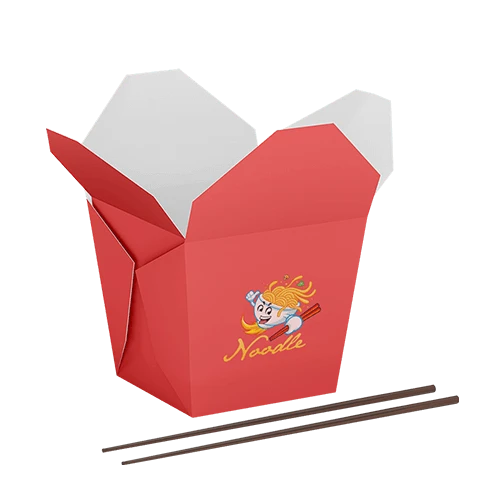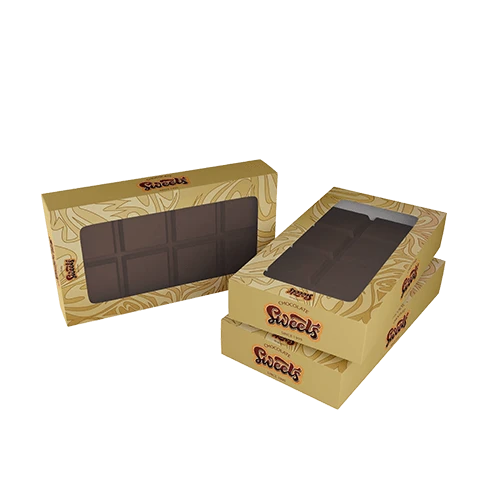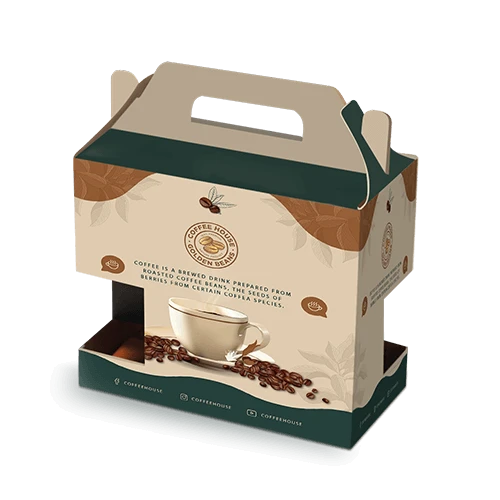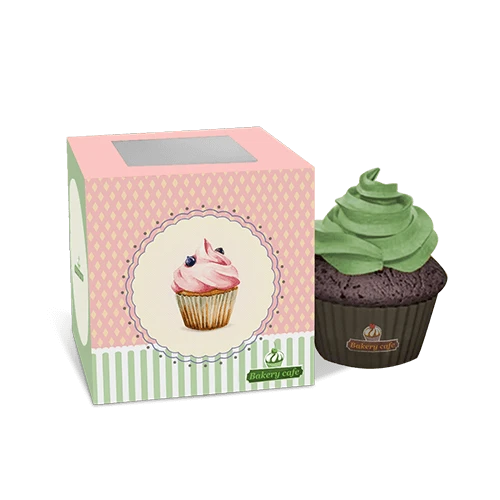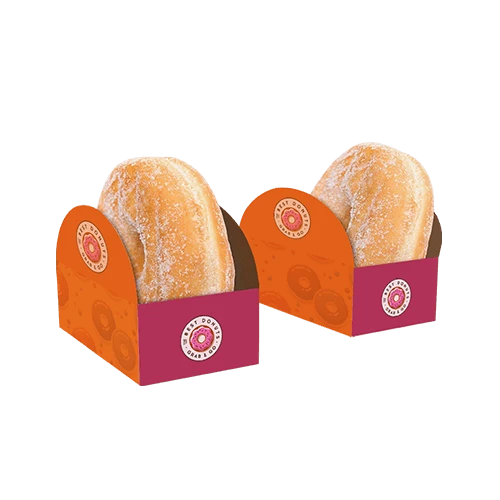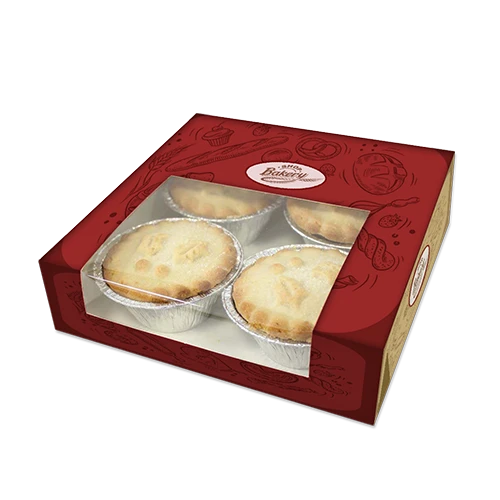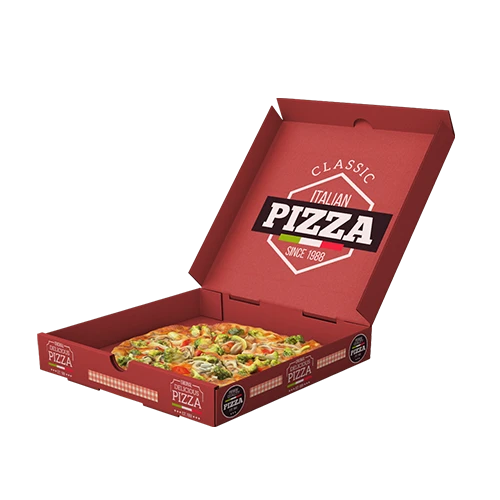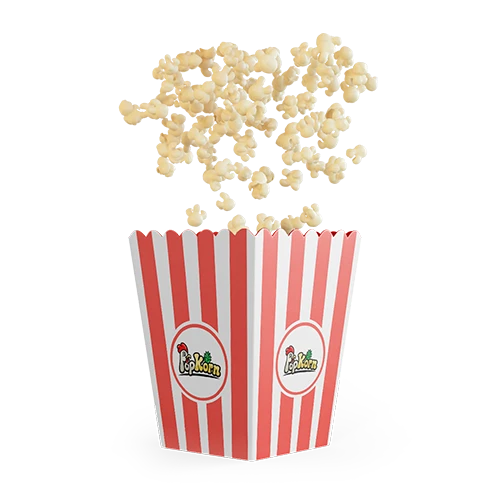
Custom Quote Request Form
Candy Packaging
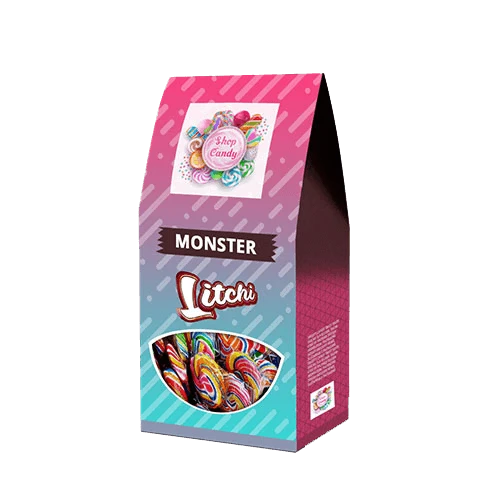

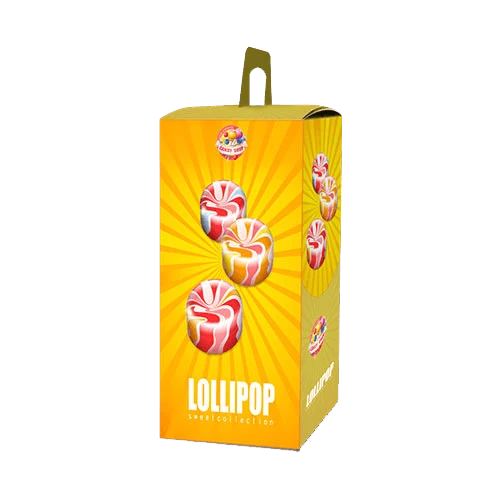
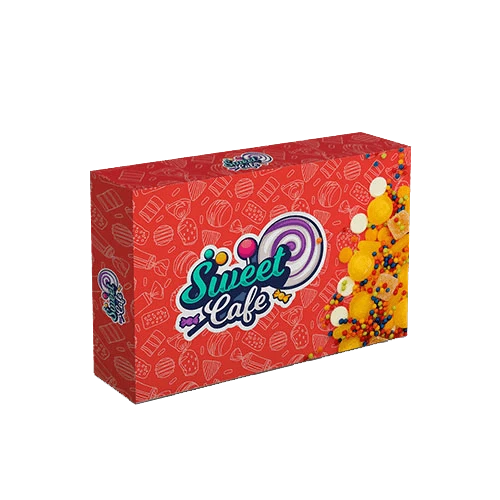
FAQ'sSpecification Description Reviews |
||||||||||||||||
|
Q: What are candy boxes?A: Cardboard candy boxes are boxes made of lightweight, sturdy cardboard materials designed specifically to store and display candies or sweets. They are available in various sizes, shapes, and designs including: Q: What are the benefits of using cardboard candy boxes?A: Using cardboard candy boxes provides a practical and convenient solution for packaging, storing, and transporting candies while also showcasing your brand. They are customizable, eco-friendly and provide benefits such as protection, durability, affordability, customizability, eco-friendliness, and versatility. Q: What are the available sizes for custom-printed candy boxes?A: We can manufacture cardboard candy packaging in a wide range of sizes. Box size is determined by the size and count of the candies being stored. If you need help choosing the right size, you can provide us the candy dimensions and our team can suggest a suitable size based on your selected box style. Q: Is it possible to customize candy boxes with logos or designs?A: You can customize cardboard candy boxes with logos, designs, or branding, which can help you promote your brand and display the product in a unique and eye-catching way. This makes it an excellent marketing tool for promoting your business. Q: What enhancements can be made to candy packaging to make it more unique?A: Cardboard candy packaging can be enhanced in several ways to make it more appealing and functional. These enhancements include window cutouts, inserts to hold candies securely in place, embossing or foil stamping for added texture and visual interest, coatings to give the box a premium look and feel, and adding a ribbon or bow for an upscale and festive touch. Q: What is the minimum order quantity for cardboard candy boxes?A: We do not require a minimum order quantity, which is advantageous for small businesses or those who want to try various box designs before placing a significant order. However, it is essential to keep in mind that purchasing larger quantities may result in a more favorable per-unit price. Q: What are the benefits of adding window cutouts on branded candy packaging?A: Candy boxes with window cutouts are a popular choice among customers as they provide a clear view of the candies inside, eliminating the need to open the box and making it easier to select the desired flavor. We can further enhance the appeal of your boxes by creating custom-shaped window cutouts that align with your design. For a larger viewing area, the windows can extend from one panel of the box to the adjacent panel. Additionally, you may opt to add a clear plastic film over the window cutouts to ensure the products are securely packed and safe from tempering.
Types of Candy PackagingThere are several different types of candy packaging, including:
These are the most commonly used options, but depending on the candy's size, shape, and texture, there can also be unique packaging. When designing candy packaging, there are a few key elements to consider:
By considering these elements, you can create candy packaging that effectively promotes your product, provides essential information to consumers, and meets all necessary safety and regulatory requirements. |












